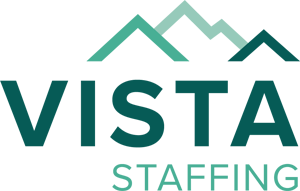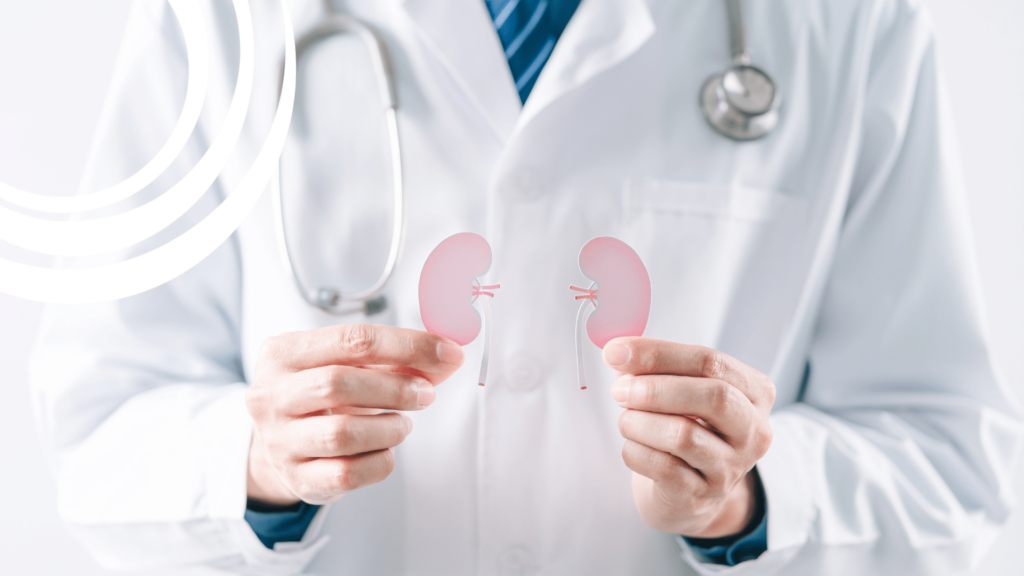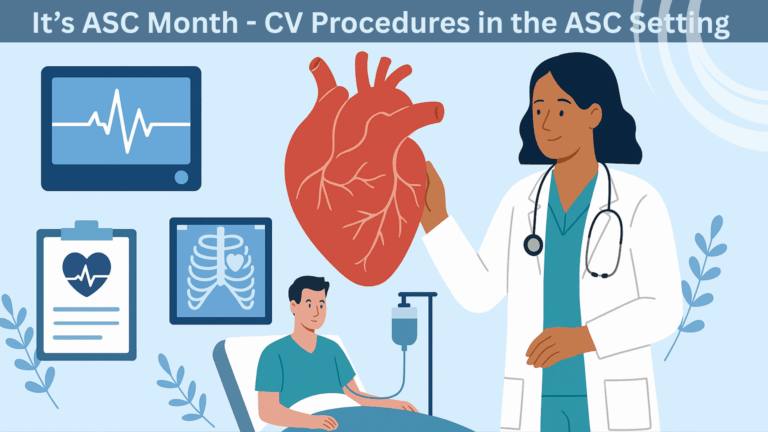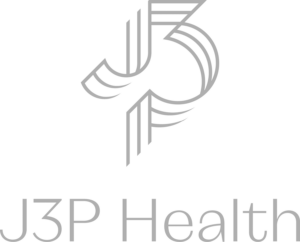The Relationship Between Acute Kidney Injury (AKI) and Cardiac Surgery
Acute kidney injury (AKI) occurs in 15% to 50% of adults undergoing cardiac surgery. The definition of AKI is defined by a 0.3mg/dL or 50% increase in serum creatinine from the patients’ baseline or oliguria. After using a comprehensive review of the literature, including pharmacologic strategies, fluid management, transfusion, cardiopulmonary bypass (CPB) management, and other targeted strategies, on prevention of AKI and other renal complications after cardiac surgery; the Society of Thoracic Surgeons, Society of Cardiovascular Anesthesiologists, and the American Society of Extracorporeal Technology in 2023 released updated guidelines on renal protection strategies. These recommendations include:
CPB Strategies
- Class I
- Avoiding hyperthermic perfusion (>37 C) is recommended to reduce the risk of CSA-AKI (Level of Evidence: B-R)
- Avoiding low delivery of oxygen (DO2) recommended to reduce the risk of CSA-AKI (Level of Evidence: B-R)
- Class IIB
- Adoption of minimally invasive extracorporeal circulation (MiECC) techniques might be reasonable to minimize the risk of CSA-AKI (Level of Evidence: B-R)
Pharmacological Strategies
- Class IIB
- In adult cardiac surgery with CPB, fenoldopam may be reasonable to reduce the risk of CSA-AKI, if hypotension is avoided (Level of Evidence: B-R)
- Class III: No Benefit
- In adult cardiac surgery with CPB, dopamine infusion alone, during CPB and the perioperative period, is not recommended to reduce the risk of CSA-AKI (Class of Recommendation III: No Benefit, Level of Evidence: A)
- Class of Recommendation III: No Benefit, Level of Evidence:
- In adult cardiac surgery with CPB, mannitol is not recommended to provide protection against CSA-AKI (Level of Evidence: B-R)
Targeted Therapies
- Class IIA
- In adult cardiac surgery with CPB, it is reasonable to adopt the KDIGO (Kidney Disease Improving Global Outcomes) practice guidelines for patients at high risk of AKI to reduce the incidence of AKI. (Level of Evidence B-R) KDIGO bundle includes:
- Close monitoring to optimize volume status and hemodynamics
- Avoidance of nephrotoxic drugs
- Stopping ACEi and ARBs for 48 hours
- Measurement of serum creatinine and urine output
- Prevention of hyperglycemia for 72 hours
- Use of alternatives to contrast agents
Concluding Thoughts
There is no doubt that AKI is highly prevalent and prognostically an important complication of cardiac surgery. As mentioned above, AKI occurs in 15% to 50% of adults undergoing cardiac surgery. When the injury is severe enough to necessitate dialysis, which happens in about 1% to 2% of patients, it increases the odds of death by eight times. Even when the injury is considered modest, it is independently associated with a marked increase in morbidity and mortality.
Additional information can be found by accessing the following article:
“The Society of Thoracic Surgeons/Society of Cardiovascular Anesthesiologists/American Society of Extracorporeal Technology Clinical Practice Guidelines for the Prevention of Adult Cardiac Surgery–Associated Acute Kidney Injury” https://doi.org/10.1016/j.athoracsur.2022.06.054
Author: Loraine Buck

 company
company 
 (412) 364-8200
(412) 364-8200




























